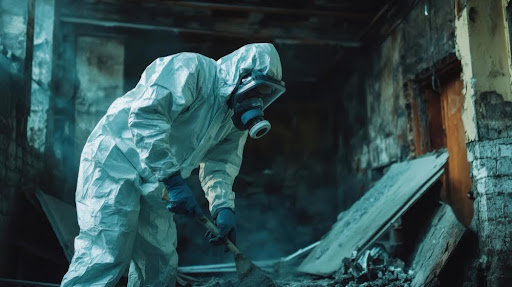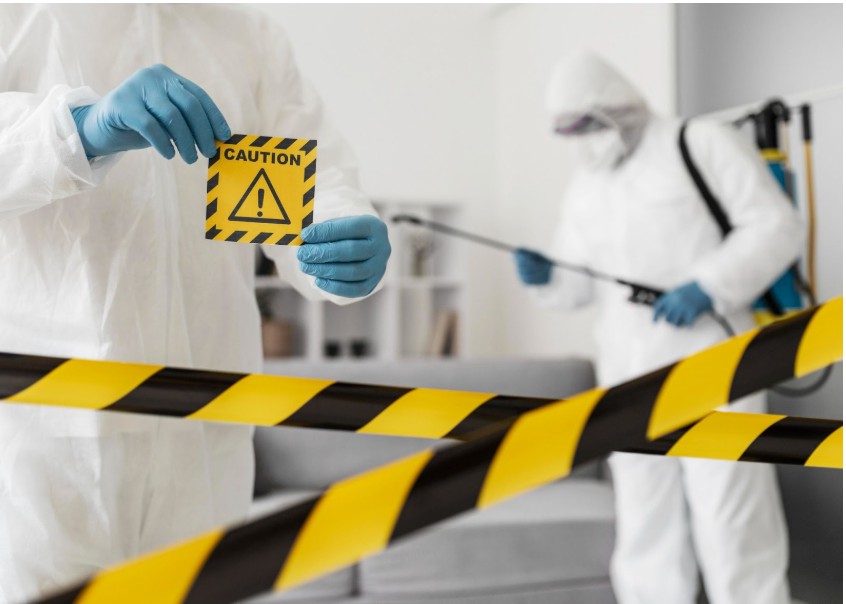I still remember my first deep dive into asbestos safety. As a safety policy analyst, I was overwhelmed with the complexity of it all. You see, asbestos isn’t just a single entity—it comes in multiple forms, all requiring different levels of handling. As I was reading up on the four classes of asbestos work, I had one thought: How could anyone keep track of all the rules? But once I started breaking down each class and its requirements, everything started to click.
If you’re involved in any industry where asbestos may be present, understanding how work with asbestos is divided into four classes is critical. Whether you’re a construction manager, a safety officer, or a business leader, you need to ensure compliance with OSHA regulations. Here’s your guide to understanding these classes, how they affect your workplace, and most importantly, how to stay safe.
What Are the Four Classes of Asbestos Work?
The Occupational Safety and Health Administration (OSHA) categorizes asbestos work into four distinct classes to help identify the level of risk and the necessary precautions. Each class defines how asbestos-containing materials (ACMs) should be handled, whether it’s during removal, repair, or maintenance. The four classes of asbestos work are:
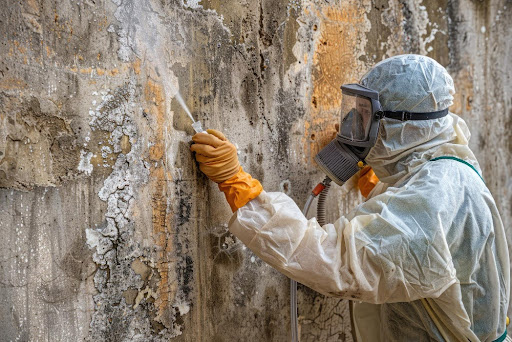
1. Class I: Asbestos Removal
This is the highest level of exposure risk, typically associated with removing large amounts of asbestos-containing materials (ACMs). Class I work involves the removal of insulation from pipes, boilers, and ducts. It requires the most stringent safety measures, including the use of full protective suits, respirators, and containment systems.
Workers performing Class I tasks must be fully equipped with personal protective equipment (PPE) and operate within negative-pressure enclosures to prevent the release of asbestos fibers into the environment. Regular air monitoring is required to ensure safe levels of exposure.
2. Class II: Asbestos Repair and Maintenance
Class II involves repairing or maintaining ACMs that are not easily removed, such as floor tiles or roofing materials. While the risks are not as high as Class I, the proper procedures and equipment are still essential.
In Class II work, the asbestos-containing materials are typically cut or scarified in a way that disturbs the fibers, potentially releasing them into the air. Therefore, workers must still use PPE and ensure adequate ventilation. It’s especially important that these materials are not damaged or disturbed in a way that could cause further exposure risks.
3. Class III: Asbestos Maintenance Activities
Class III work involves repairing damaged asbestos-containing materials that are still in place, like ceiling tiles or drywall. Though not as dangerous as Class I or II work, Class III still poses a potential hazard due to the disturbance of the ACMs. For example, drilling into a wall or cutting into ceiling tiles can release asbestos fibers.
For Class III work, workers must use the appropriate PPE, including respirators. These activities often require wet methods to reduce airborne fibers and the use of specialized vacuum systems with HEPA filters to capture any dust or debris.
4. Class IV: Asbestos Custodial Activities
Class IV work is the least hazardous of the four. It involves cleaning up asbestos debris or dust in areas where asbestos-containing materials have already been disturbed. This could include simple maintenance tasks like sweeping or vacuuming areas contaminated by asbestos fibers.
While Class IV work does not usually involve disturbing large quantities of asbestos, workers are still required to wear protective equipment to prevent exposure. The activities must also be conducted in a controlled environment, and the area should be properly sealed off to avoid contamination.
Also Read: I Sanded Asbestos, Am I in Trouble?
How to Stay Safe When Working with Asbestos
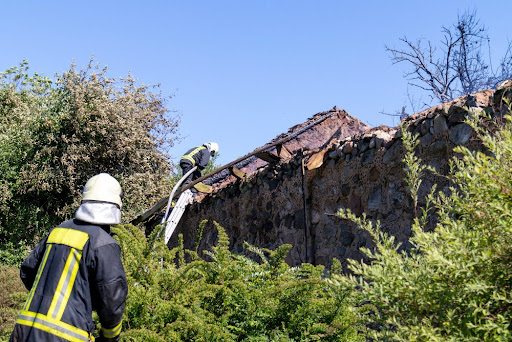
1. Know Which Class Your Work Falls Under
Before beginning any work with asbestos, make sure you know which class it falls under. Understanding this helps you implement the appropriate safety measures and select the right level of protective gear. Remember, Class I is the highest risk and requires more intense precautions than Class IV.
2. Use Proper PPE and Equipment
Whether you’re working with Class I or Class IV asbestos, PPE is non-negotiable. Here’s what you’ll typically need:
- Respirators: For high-risk classes, full-face respirators are required.
- Protective Clothing: Disposable suits, gloves, and shoe covers to prevent asbestos from sticking to your clothing.
- Seals and Barriers: For higher-risk work, you may need air-tight enclosures and negative pressure systems to prevent asbestos fibers from escaping.
3. Implement Safe Work Practices
Use wet methods to control dust and asbestos fibers during activities like cutting, grinding, or removing materials. Make sure to use HEPA vacuums to clean up any loose dust and debris. Air monitoring should be conducted during the work process to ensure safe exposure levels are maintained.
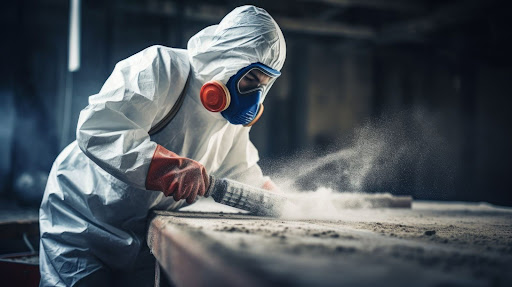
Frequently Asked Questions
1. What is the difference between Class I and Class II asbestos work?
Class I work involves the removal of large amounts of asbestos-containing materials, typically in enclosed spaces like pipes and ducts, which requires the highest level of protection. Class II involves repairing or maintaining smaller amounts of asbestos, like floor tiles, and requires less stringent but still strict safety protocols.
2. Can a worker perform Class I asbestos work without special training?
No, workers who perform Class I asbestos work must be specially trained and certified. This level of work is high-risk, and OSHA regulations require that only trained professionals with the right equipment handle it. This ensures safety and compliance.
3. What are the key safety measures for Class III asbestos work?
For Class III asbestos work, workers must wear PPE, including respirators, and use wet methods to control asbestos fibers. HEPA vacuums should be used to clean up the area, and air quality must be monitored to ensure the work environment remains safe.
4. Why do workers need to use respirators when handling asbestos?
Respirators are crucial because asbestos fibers are microscopic and can easily be inhaled, leading to serious health conditions like lung cancer and mesothelioma. A properly fitted respirator ensures that the worker doesn’t inhale harmful fibers during the course of the work.
Protecting Workers, One Class at a Time
Asbestos work is divided into four classes, each of which presents its own challenges and risks. Understanding these classes helps ensure that the right safety protocols are followed, minimizing exposure and keeping workers safe. Whether you’re involved in asbestos removal, maintenance, or cleaning, adhering to OSHA guidelines and using the right PPE and equipment is crucial.
The next time you’re managing a construction project or handling any material that may contain asbestos, take the time to assess the work and implement the correct safety measures. Your commitment to safety standards will not only protect your team but will also ensure that your business stays compliant with the law. Be safe, stay informed, and remember: asbestos should never be underestimated.

